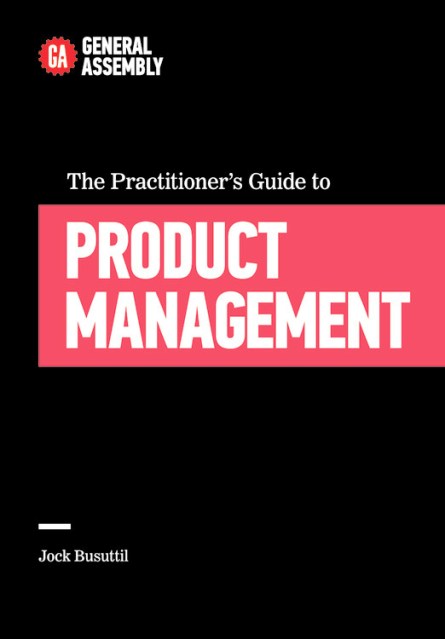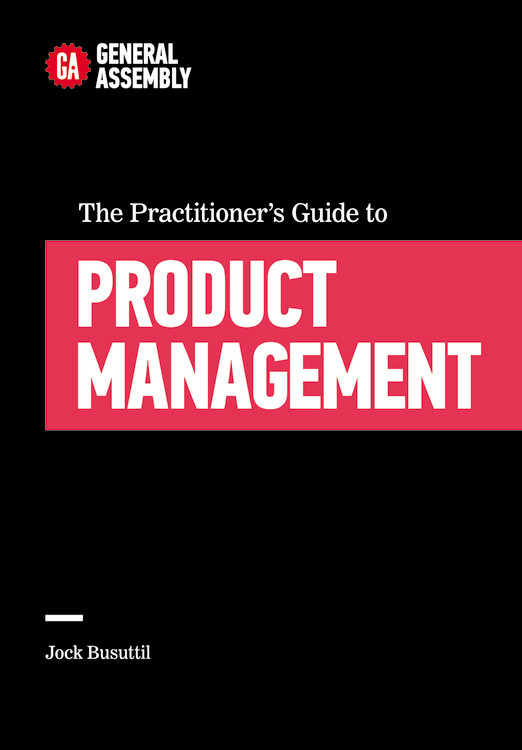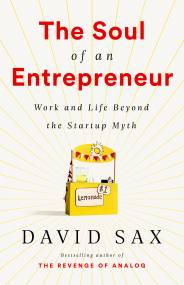Promotion
Use code MOM24 for 20% off site wide + free shipping over $45
The Practitioner's Guide to Product Management
Contributors
By Jock Busuttil
Formats and Prices
Price
$26.00Price
$29.00 CADFormat
Format:
- Hardcover $26.00 $29.00 CAD
- ebook $2.99 $17.99 CAD
This item is a preorder. Your payment method will be charged immediately, and the product is expected to ship on or around January 6, 2015. This date is subject to change due to shipping delays beyond our control.
Also available from:
This firsthand road map will tell you what it takes to create a product that meets a customer’s needs — and avoid the pitfalls of product failure.
Despite years of research, countless products like these see high-profile launches, only to end up failing to connect with an audience.
The Practitioner’s Guide to Product Management will help you create a lasting product and take you through the field of product management with candid stories and a litany of real-world experiences.
Genre:
- On Sale
- Jan 6, 2015
- Page Count
- 208 pages
- Publisher
- Grand Central Publishing
- ISBN-13
- 9781455548569
Newsletter Signup
By clicking ‘Sign Up,’ I acknowledge that I have read and agree to Hachette Book Group’s Privacy Policy and Terms of Use







